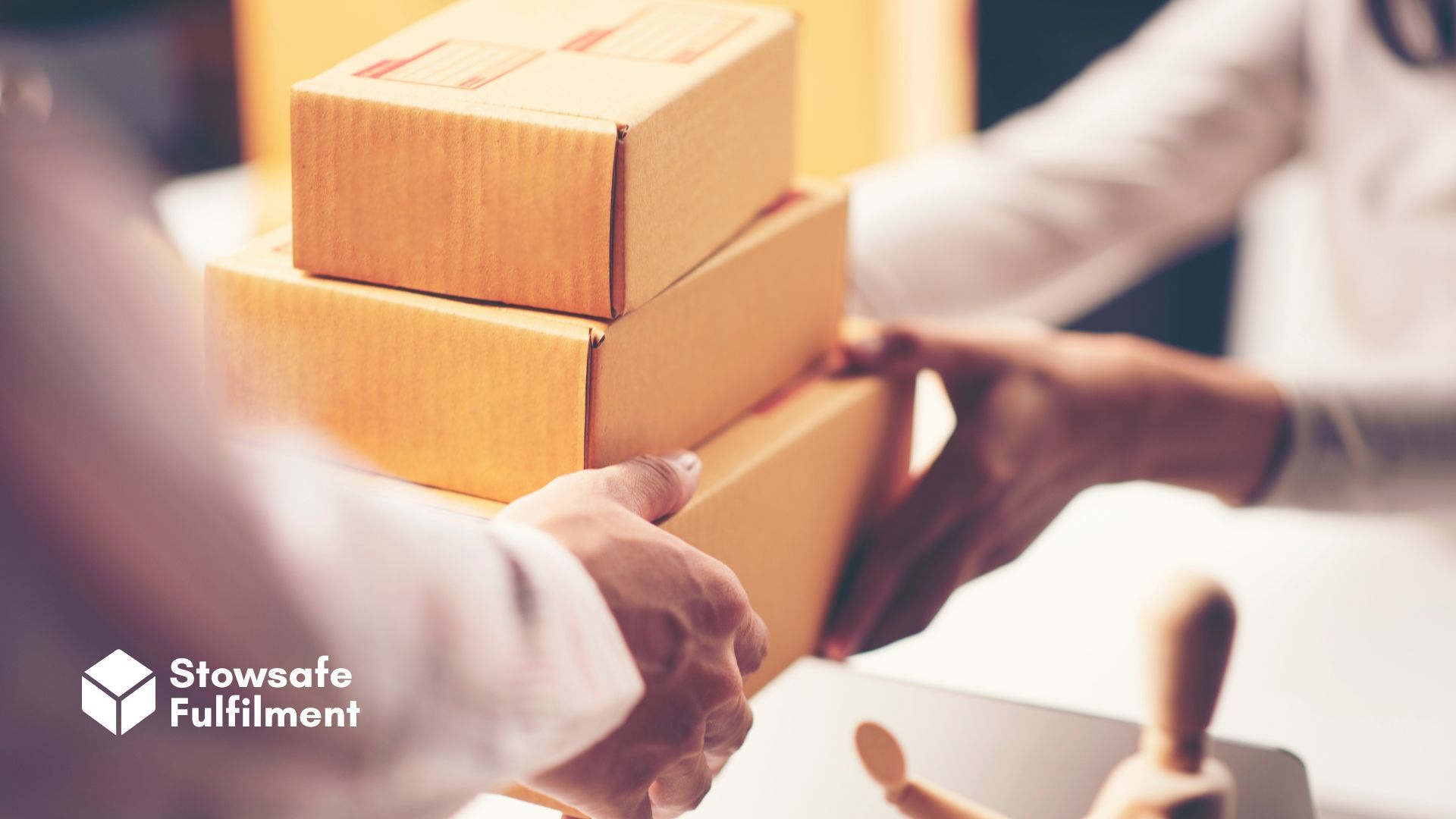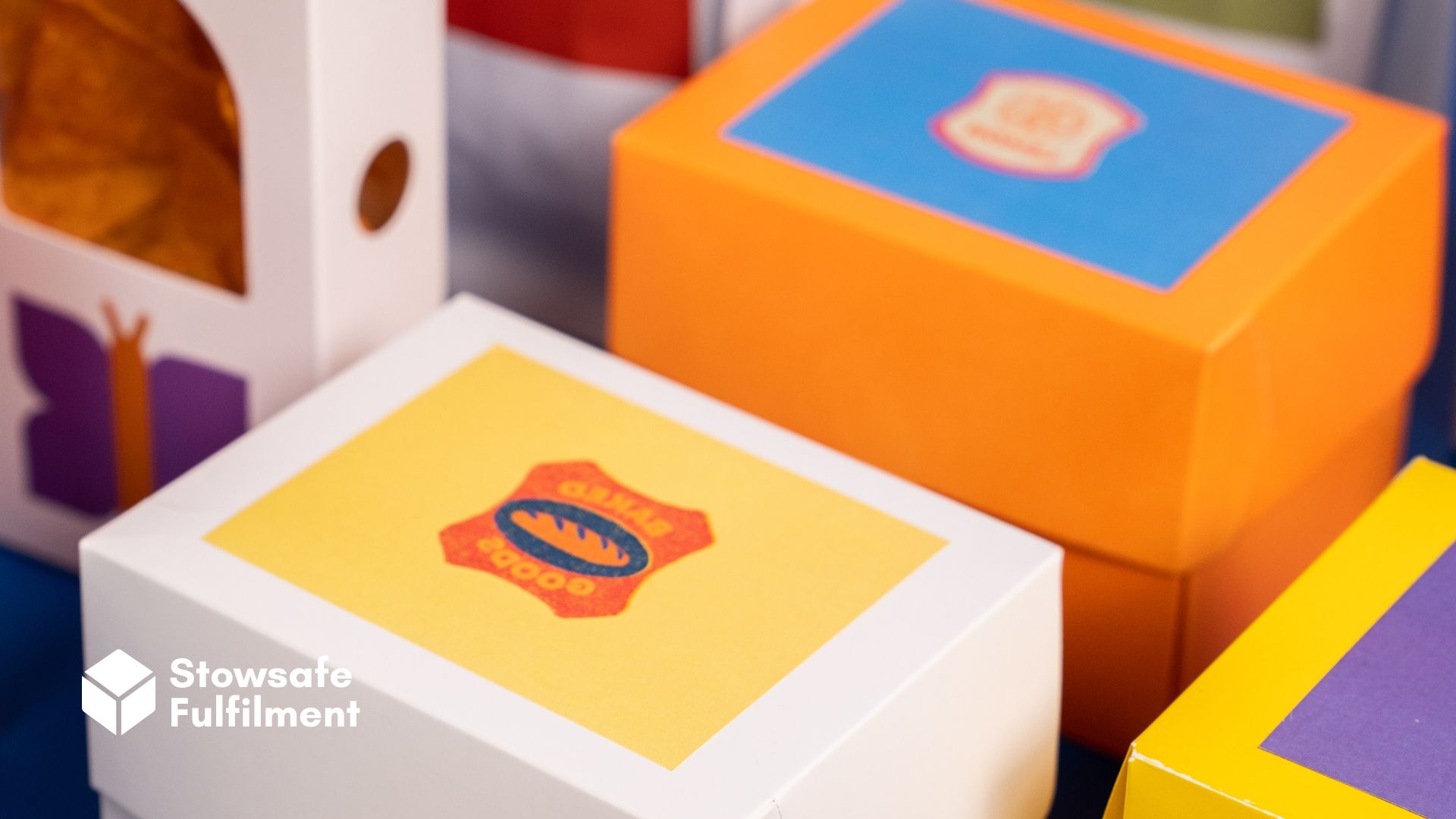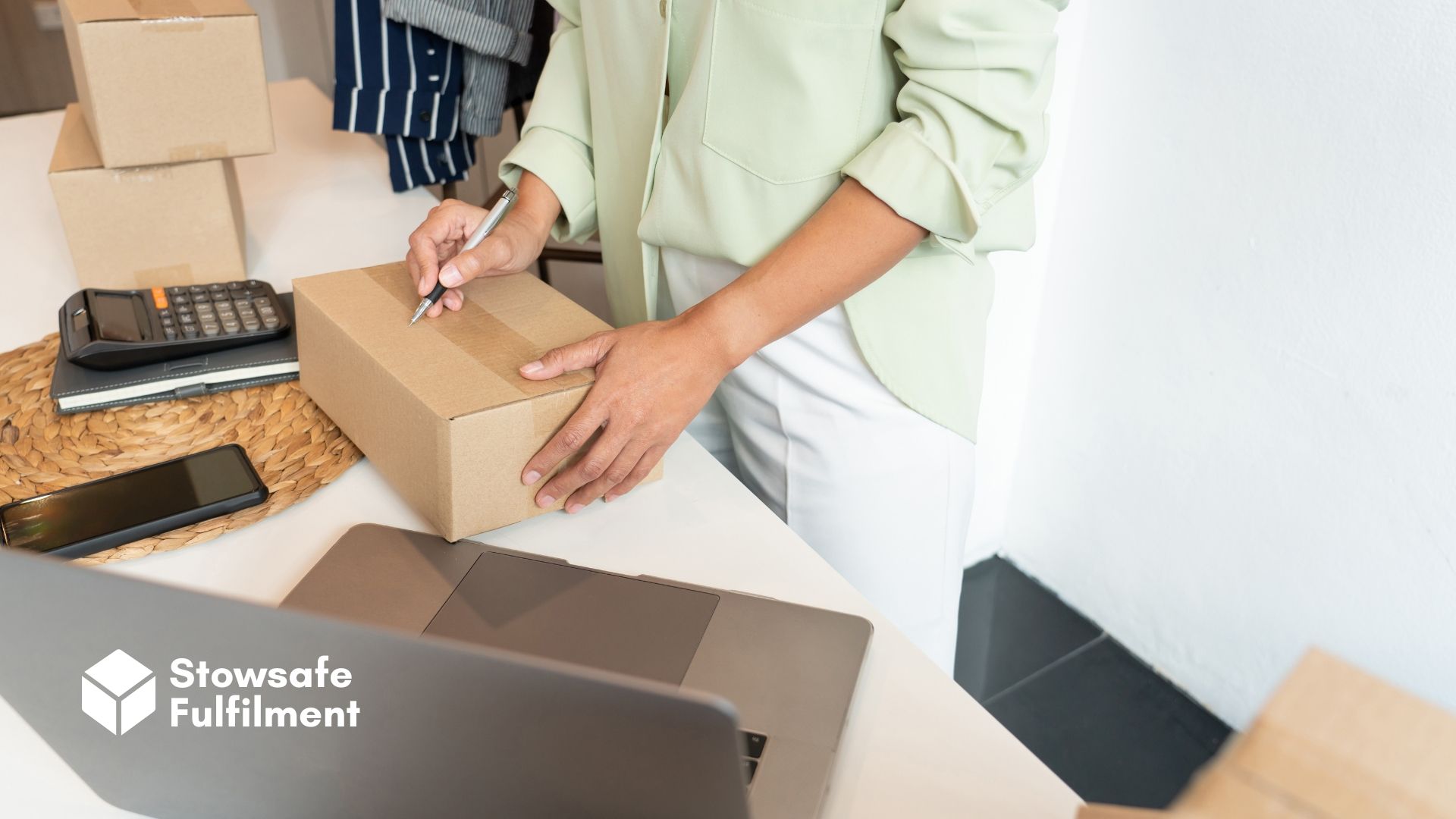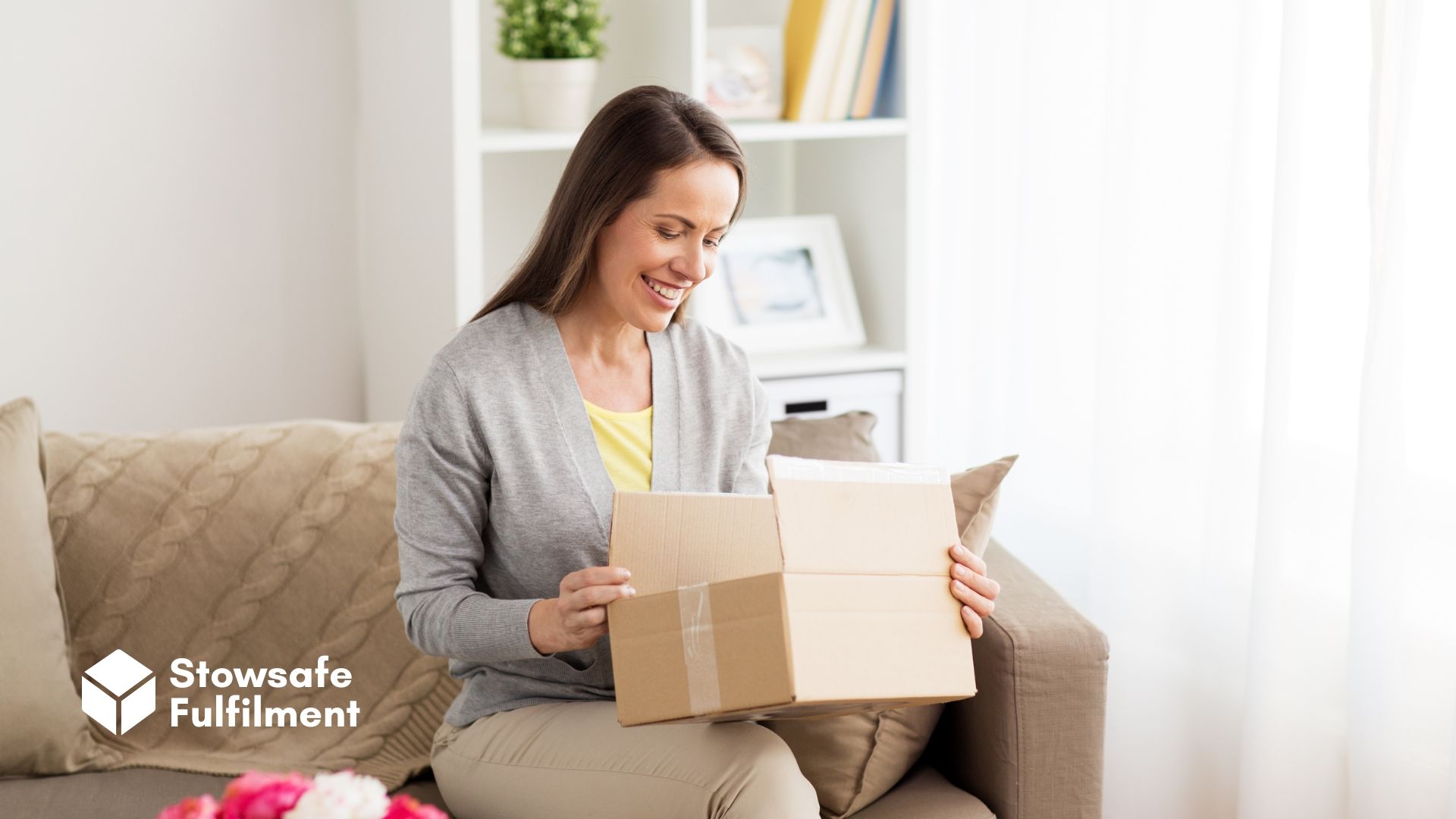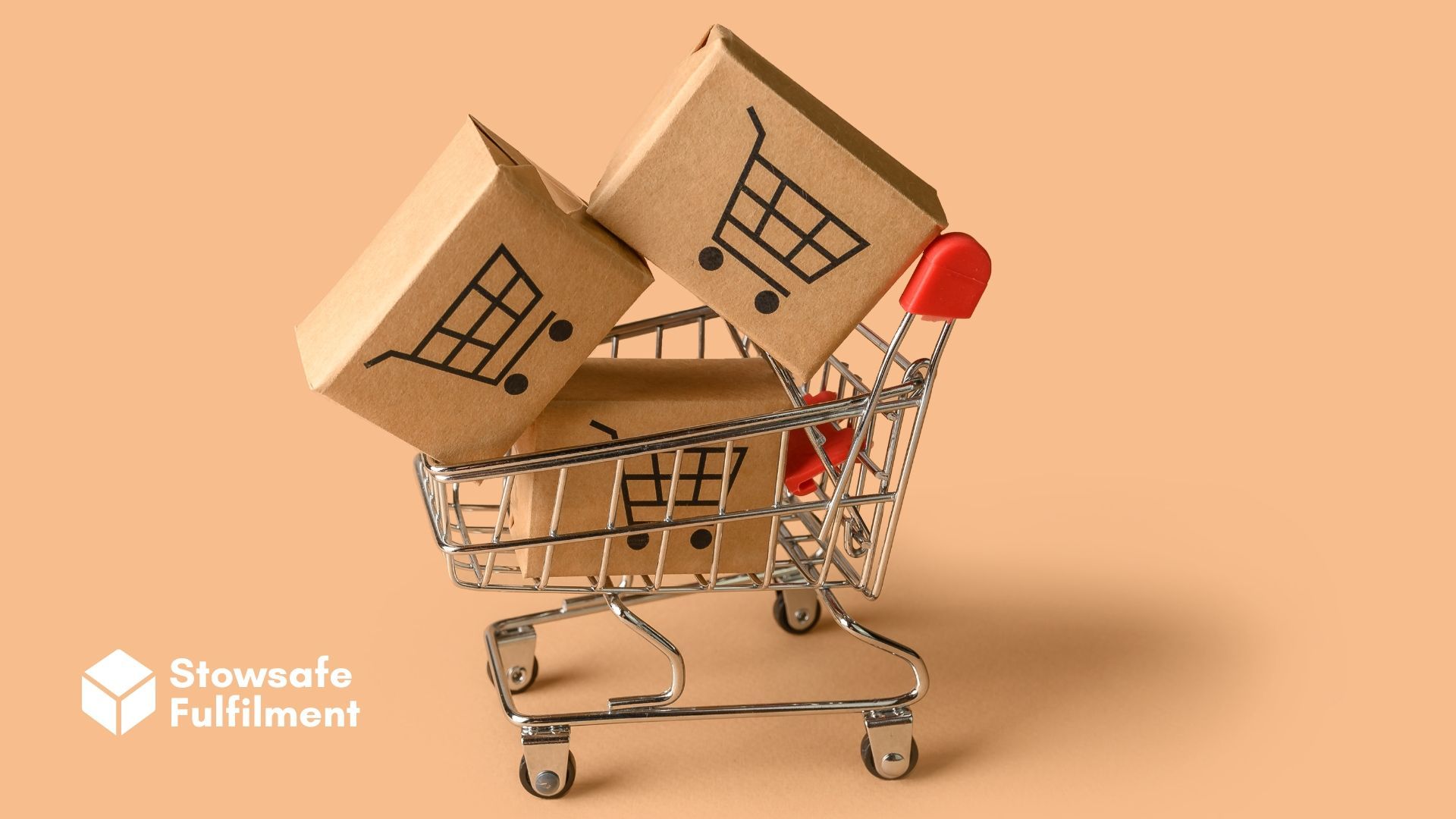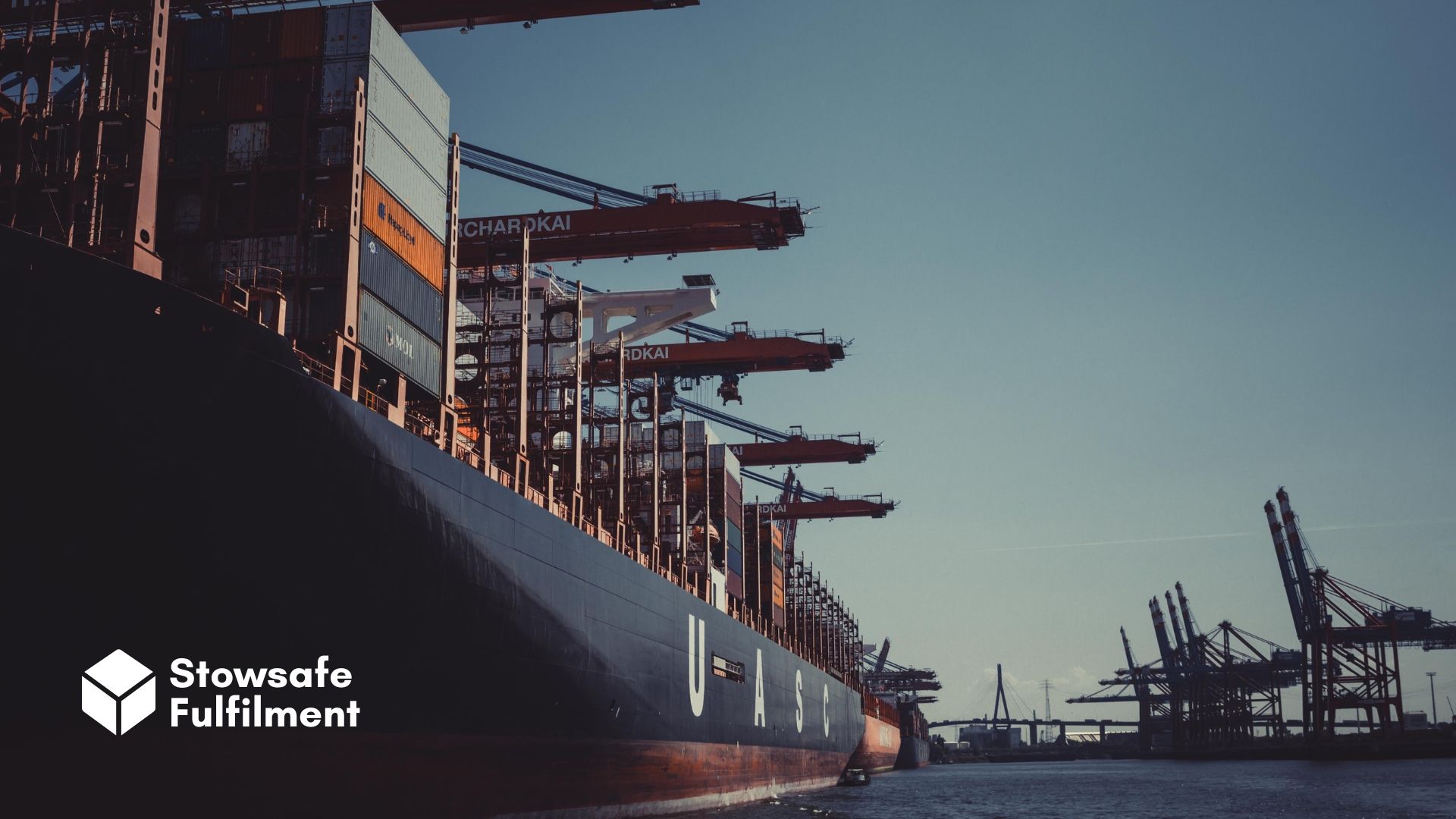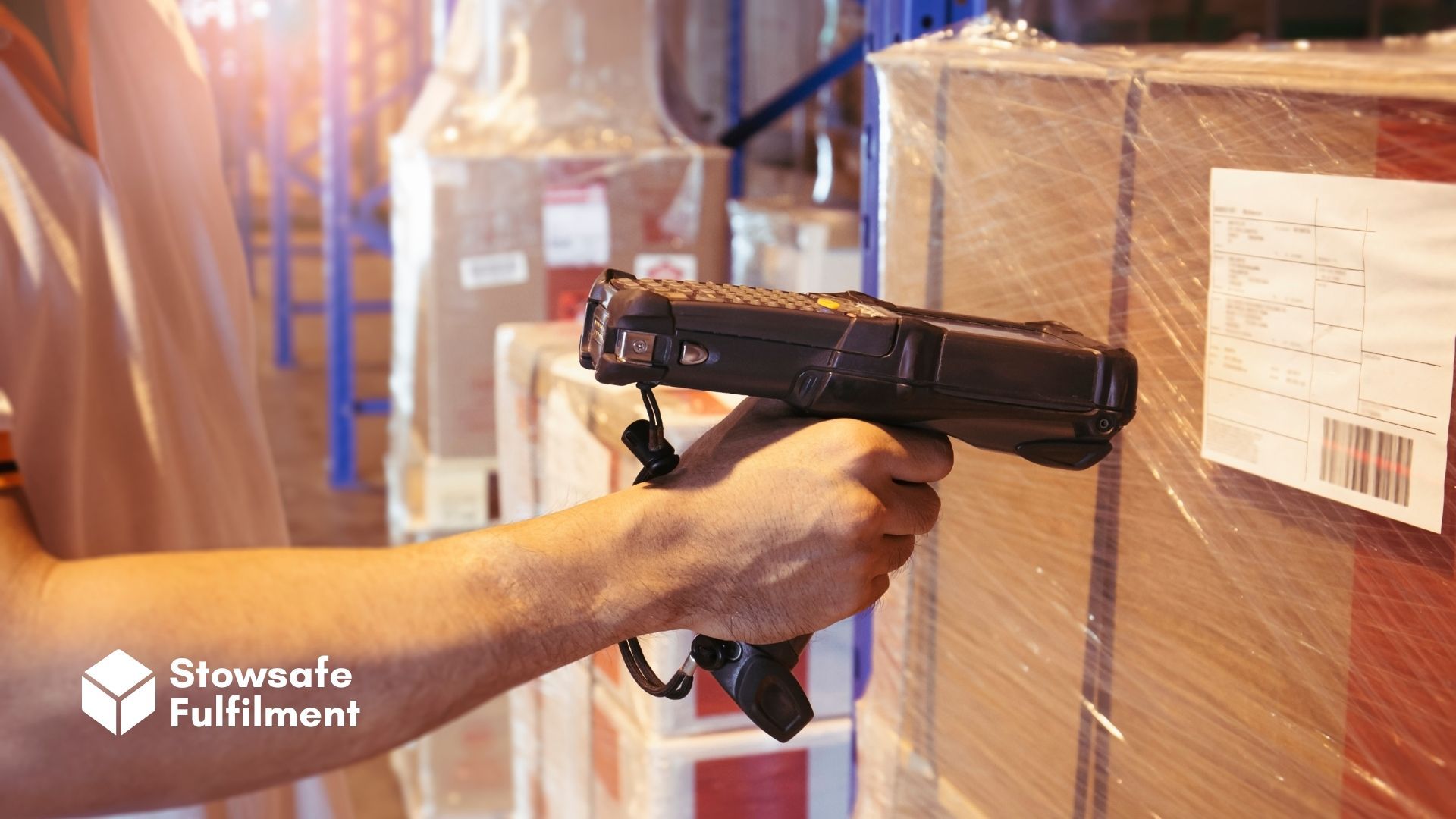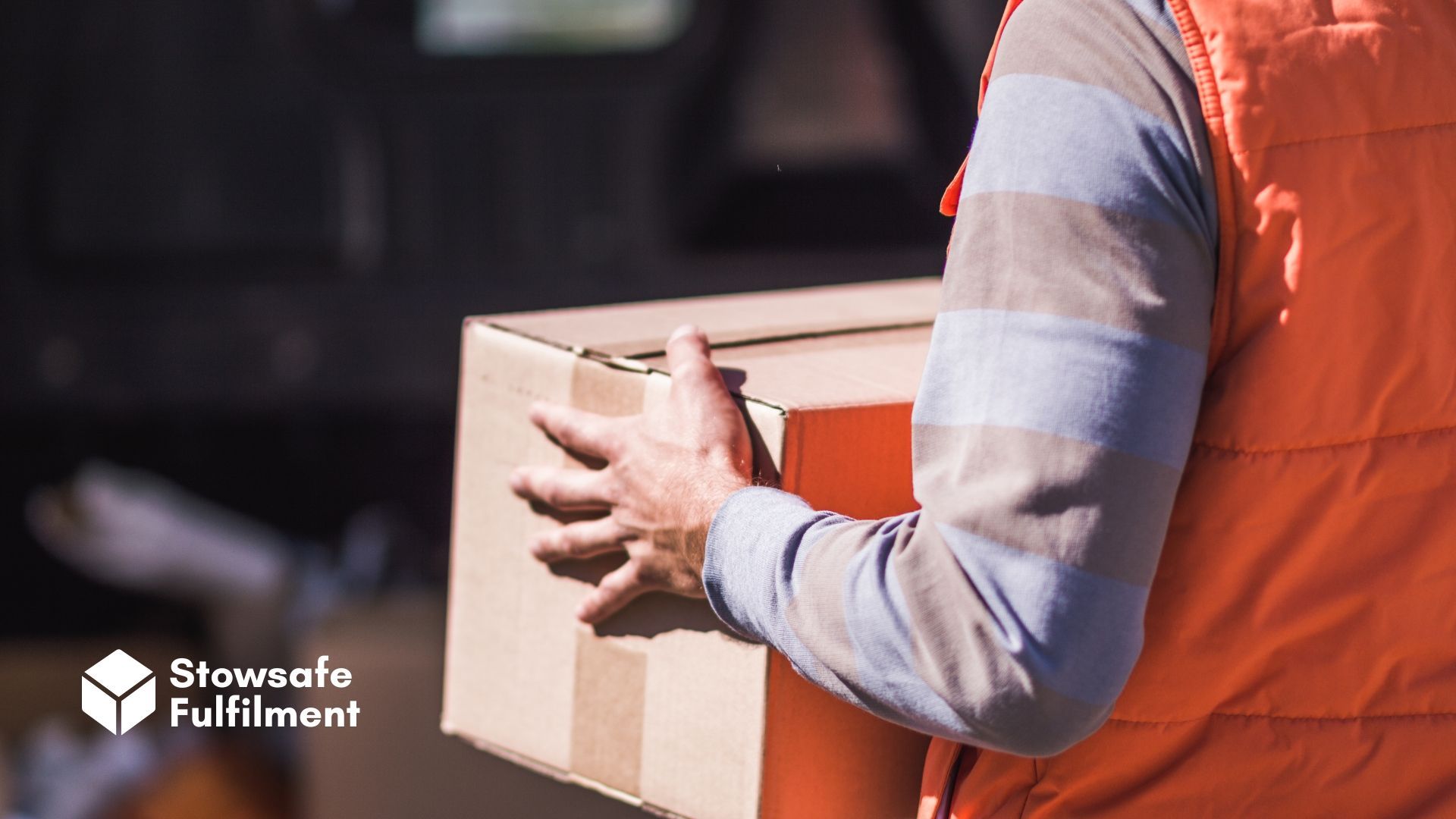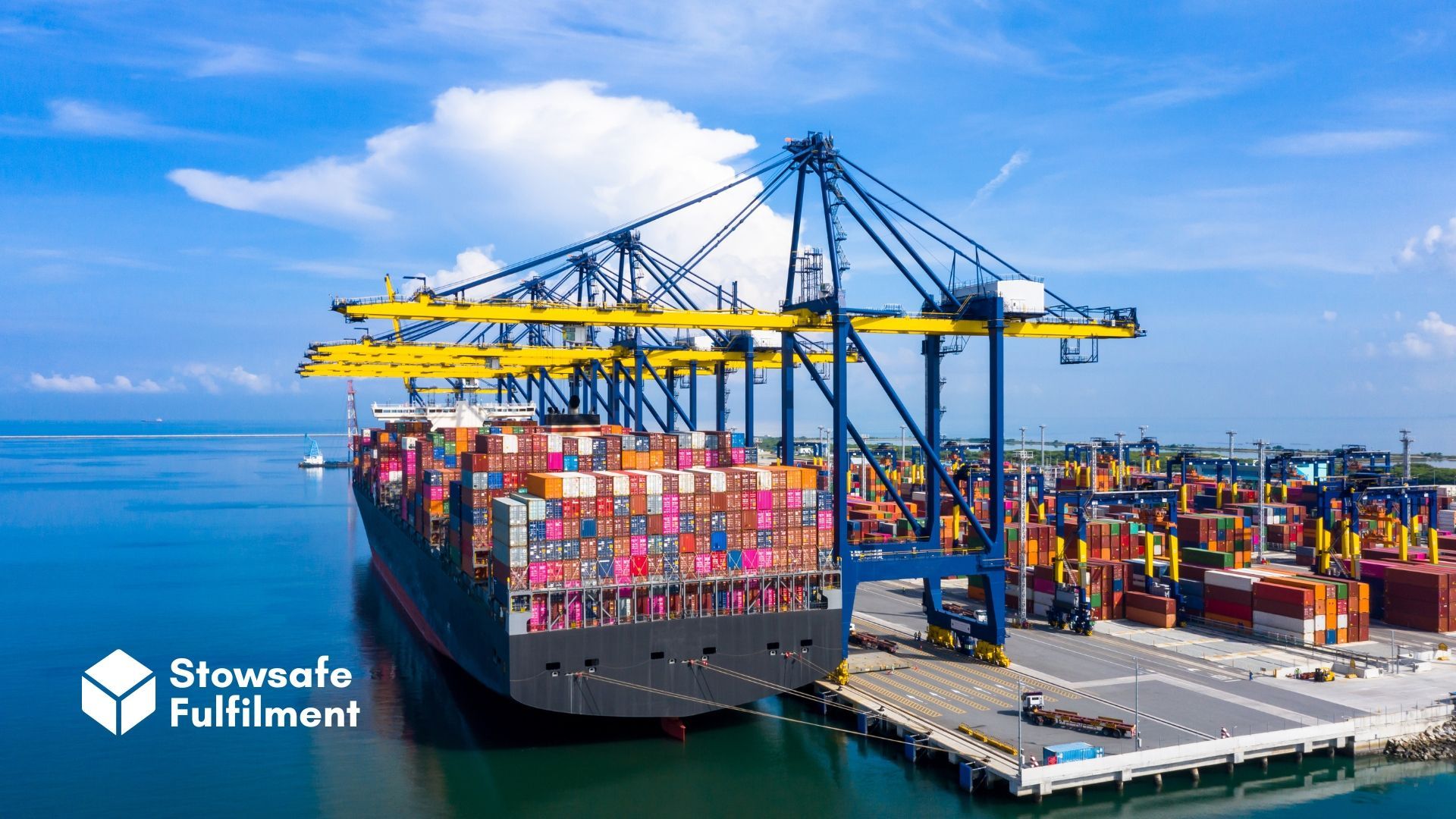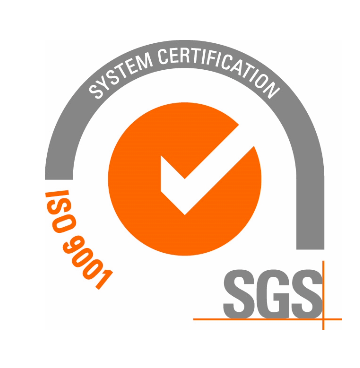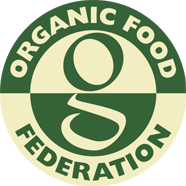With more packaging comes great responsibility. As eCommerce grows, how can retailers offer sustainable and environmentally friendly order fulfilment?
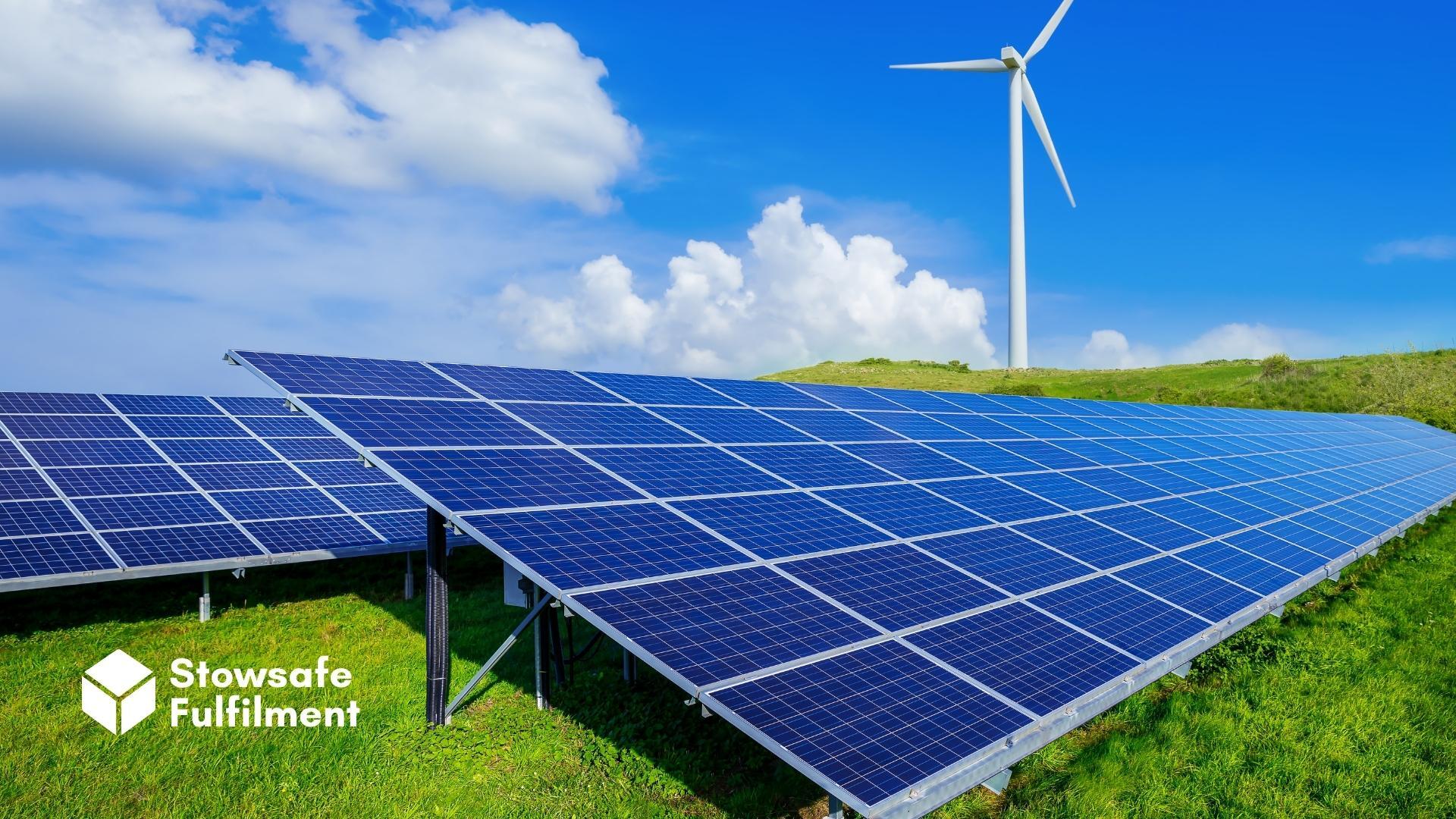
In the growing world of eCommerce, sustainable order fulfilment is about preserving the planet as well as the bottom line.
Shipping at item level direct to consumers generally requires a greater level of packaging than delivering in bulk to retail sites, so has a greater need for packaging to be recyclable or reusable. It's also critical to the customer experience and an opportunity for brands to create a good impression on their customers.
Balancing business requirements with environmental impact might seem like a mammoth task, but small changes add up when trying to make online channels more sustainable.
Key takeaways for greener order fulfilment are:
- Minimise single-use plastics.
- Make components recyclable.
- Optimise efficiency, minimise waste.
- Pick 3PLs with similar values.
Product packaging: integral or over-the-top?
From cost cuts to company pledges, reducing plastic appeals to merchants and customers alike. However, alternatives must avoid increasing damage rates and returns, which only lead to negative reviews that overshadow customer satisfaction in finding an environmentally conscious brand.
Plastic in a product's design is usually there for a reason (often cost, functionality or durability) so it's impossible to eradicate it. But that's not to say there aren't opportunities when looking at how the product is packaged. Sellable units have packaging components to offer protection during shipping and display. If they're sold online, they'll later receive additional packaging at the order fulfilment stage, to further protect them during transit to customers.
Take a toaster. Most suppliers wrap each component in a plastic polybag, with Styrofoam to secure the item inside the display box. There may be cable ties or other small plastic articles to cover plugs and elements or to secure wires. Spare parts are secured in yet another polybag.
Where possible, examine each element and evaluate whether it is necessary to ensure your customer receives their product in perfect condition. Polybags prevent scratches to mirror-polish finishes after all, and there may be legal requirements around how electrical components must be secured. If deemed critical, look instead at how to reduce, or replace with alternatives to single-use plastics, such as recyclable or biodegradable polybags.
Continuing with the swapping-out strategy, switch out black plastics for clear or grey. Near-infrared (NIR) technology is widely used in recycling plants and is unable to process black plastic pigments. Consequently, most end up in landfill or incinerated, which has led to sortation-friendly colours becoming popular in the market.
Transit packaging swaps for greener order fulfilment
In brick-and-mortar commerce, products are shipped in bulk to stores and arranged on shelves before being bought. Transactions are then taken home by the customer, who often won't see any of the additional packaging required for stock movement. For eCommerce, the buyer has a much more hands-on experience with transit packaging.
From mailing boxes to packing peanuts, it's important to choose the right options. Materials must offer the level of protection required, but they also send a message about your brand and company values. Sustainability is a hot topic in eCommerce and incorporating greener options into transit packaging is no longer a "nice to have" – it's the market standard.
Here are three common areas in eCommerce transit packaging that present opportunities for sustainable development:
- Box tapes: use paper-based rather than polystyrene packing tape and make sure it's easy for consumers to remove.
- Void-fill: swap packing peanuts for recycled paper shredding and corrugate card, and replace bubble wrap with honeycomb paper.
- Dispatch packaging: opt for recyclable grey plastic bags and compostable or biodegradable jiffy bags, and ensure the outer carton is the right size for the order. Efficient packing can make a huge impact on reducing consumption and costs incurred during last-mile delivery.
- Promotional content: while many paper-based flyers and leaflets are recyclable (even laminated paper!), certain toners and inks use animal derivatives. Additionally, bleached white paper contains chemicals that can be harmful if left to decompose into soil rather than being properly recycled. It depends on how strong the eco-friendly message needs to be, but consider whether unbleached recycled kraft paper and truly plant-based inks are appropriate for your brand.
Sustainability: not just about the environment
For a company to be sustainable, there are other factors to consider beyond the environmental impact of its packaging choices. Even small-time e-merchants running an Etsy shop from the spare room should be considering the big picture when deciding on greener packaging choices because small things can make a big impact. Options need to meet cost and performance requirements, not just environmental targets – but the good news is that the right choice often hits all three by proxy. Triple win!
Implementing efficient and considerate packing methods (using eco-friendly materials, of course) creates smaller packages that require less space in the courier network, reducing the carbon footprint and incurring lower shipping costs. This ultimately helps keep retail and delivery charges low in a fiercely competitive online market.
Prioritising quality over quantity when it comes to packaging can avoid damages and waste, reduce customer returns (cutting down on reverse logistics costs at the same time) and will lead to consolidated storage. Yet more cost-savings to enjoy, which can be invested back into the business to facilitate innovation and development.
Choose the right partners
At the end of the day, businesses aspiring to be more sustainable can look forward to a wealth of benefits, so it's no surprise the quest to be greener is at the forefront of most enterprise strategies. For best results, companies need to be looking at their supply chain partners as well as making their own sustainable initiatives a priority in 2022 and beyond.
Aligning with third-party logistics providers (3PLs) that share the same sustainability aspirations is imperative for any company truly invested in becoming greener. After all, redesigning products or rethinking display packaging is only one small part of the eCommerce order, and customers are just as interested in how products are stored, processed, and shipped. The right 3PL will offer access to eco-friendly packaging materials in bulk as well as scalable services which can be adapted around how the business is performing, so there are no inefficiencies or extraneous costs.
Fulfilment providers such as
Stowsafe can offer the experience, technology and flexibility required to complement green targets. From technology used to optimise the order fulfilment process, which can be seamlessly integrated with leading eCommerce platforms, to bespoke offers for clients looking to have complete oversight into how their stock is handled, stored, and dispatched, partners can expect to see their business grow efficiently, and sustainably.
Do you want to take your eCommerce strategy into the future? Explore our
fulfilment services today – or
get in touch to book a place in our spacious UK warehouse.
All Rights Reserved | Stowsafe Fulfilment

